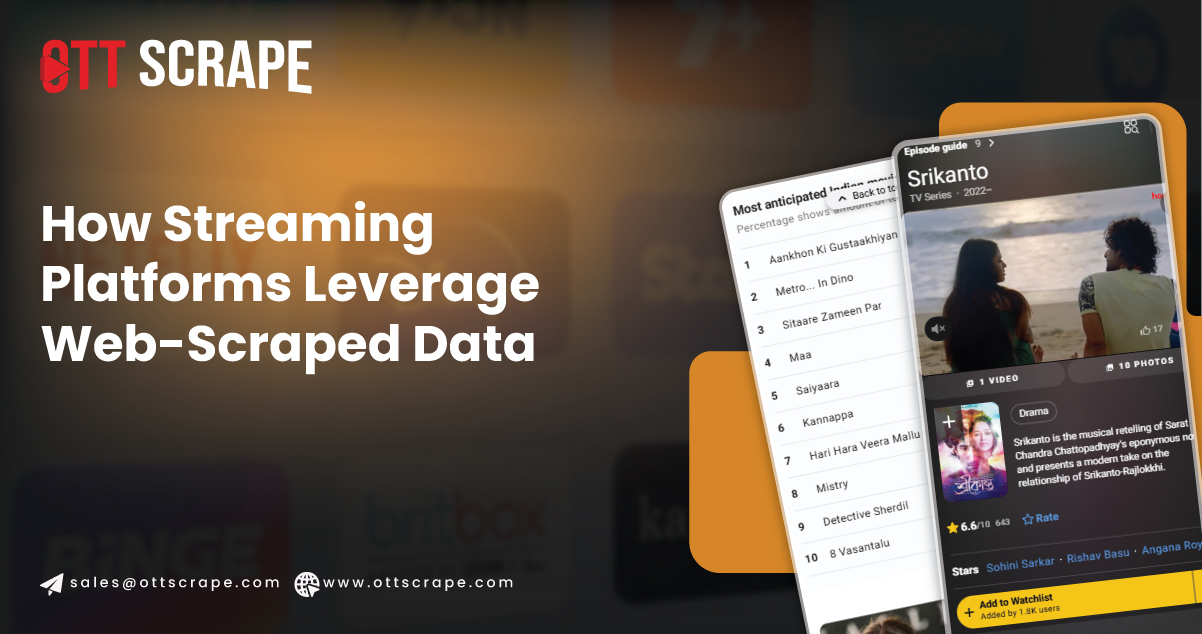
Introduction
In an increasingly crowded Over-the-Top (OTT) media landscape, streaming services face fierce competition for subscribers, content, and engagement. Behind the vibrant user interfaces and personalized experiences lies a powerful engine—data. Among these, OTT data scraping is crucial in equipping OTT platforms with timely intelligence on competitor catalogs, emerging content trends, social buzz, pricing strategies, and audience sentiment.
This comprehensive guide delves into how OTT services—from global giants to niche newcomers—use web scraping for OTT platforms to inform content decisions, optimize user acquisition and retention, sharpen marketing campaigns, and stay ahead in a digital arms race. We’ll break down OTT media data extraction types, use cases, tools, ethical and legal considerations, real-world case studies, challenges, and future trends. By the end, you’ll understand why scraping is not an afterthought—but a strategic asset—for modern streaming platforms.
What Is Web-Scraped Data and Why OTT Relies on It?
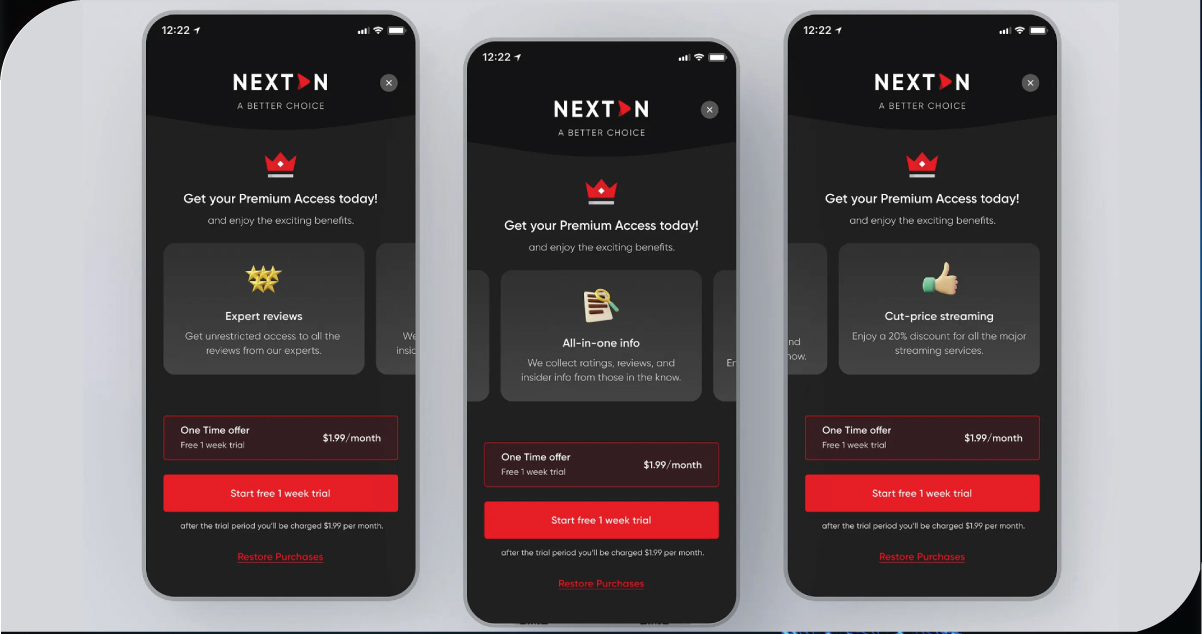
Web-scraped data refers to information automatically extracted from websites or public APIs. This includes metadata, pricing details, reviews, and social media posts. For OTT platforms, scraping becomes a vital source of:
- Web-scraped data for streaming services : refers to information automatically gathered from websites, public APIs, and social platforms. This data includes content metadata, subscription pricing, user reviews, and engagement metrics. Such data offers essential strategic advantages for streaming platforms operating in a hyper-competitive market.
- Scraping OTT content data : enables platforms to track and analyze competitors' offerings. Through OTT platform competitive analysis, services can monitor rival catalogs, identify trending release patterns, gauge audience reactions via scraped reviews, and compare market pricing structures.
- Streaming data scraping : also supports in-depth content trend analysis. By aggregating decentralized signals—such as Reddit conversations, Twitter hashtags, and niche review blogs—platforms can detect emerging formats, rising genres, and evolving cultural themes before they hit the mainstream.
- Scraping content metadata : helps platforms enrich their internal libraries with third-party ratings, awards, and alternate categorizations, ensuring better personalization and discovery features for users.
Why OTT platforms care:
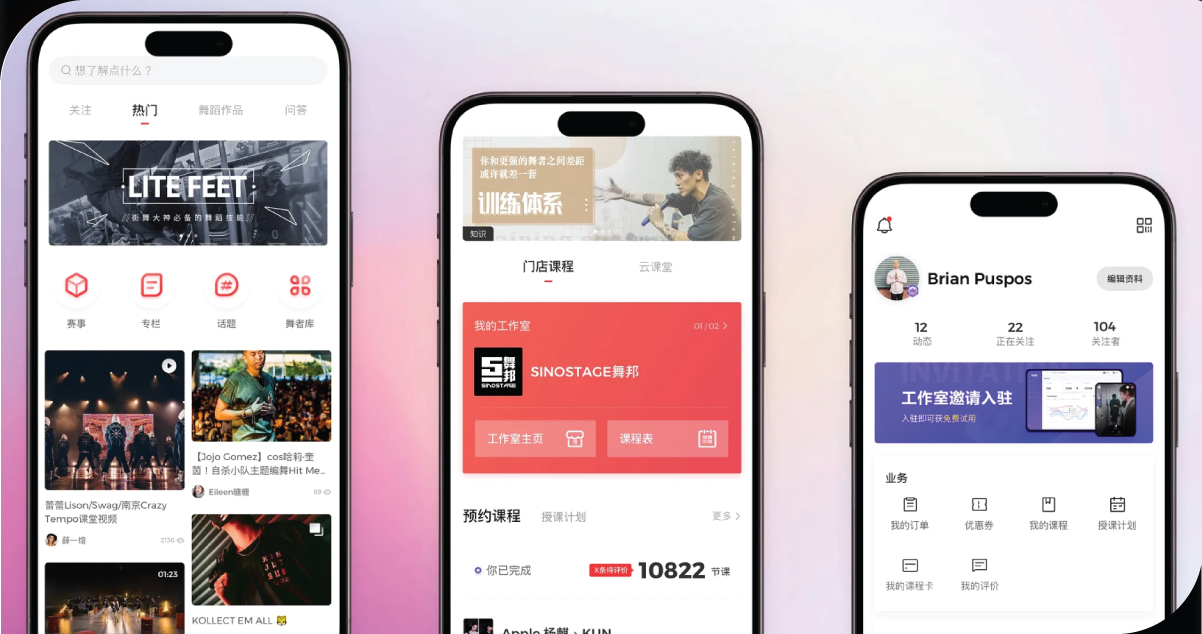
- Content acquisition/performance relies on hard metrics.
- Marketing messages need to align with consumer sentiment.
- Pricing optimization demands market awareness.
- Personalization engines need comprehensive metadata.
In short, web-scraped data gives OTTs a holistic view of their competitive and cultural environment.
Key Types of Scraped Data for OTT Success
| Data Type | Primary Sources | Value to OTT Platforms |
|---|---|---|
| Competitor catalog & metadata | Competitor sites, Release schedules | Tracks content additions/removals and estimated content value |
| Pricing & subscription offers | Telecom bundles, retail sites | Helps optimize pricing tiers and promotional offers |
| User ratings & reviews | IMDb, Rotten Tomatoes, Metacritic, App stores | Informs content curation and personalization |
| Social media signals | Twitter, Reddit, YouTube comments | Identifies emergent trends, sentiment toward content |
| Metadata & enrichment | Award sites, fan wikis, blogs | Enhances recommendation accuracy and discovery |
| Marketing & publicity analysis | Paid media platforms, blogs | Tracks competitors’ ad spend and messaging trends |
Examples of Insights:
- Extraction of weekly IMDb rating changes helps predict rising favorites before official metrics.
- Gathering bundle discounts from telecom offers guides pricing decisions.
- Reddit threads reveal rising niche interest in genres before mainstream uptake.
By integrating this data into analytics platforms, OTTs can respond with:
- Fine-tuned acquisition strategies
- Personalized discovery experiences
- Dynamic pricing experiments
- Targeted marketing campaigns
Implementation: Tools and Techniques

a. Library-based Scraping
- BeautifulSoup (Python): Extract HTML for metadata, prices, reviews.
- Selenium / Puppeteer: Simulate browsers for JS-heavy pages (e.g., social platforms or dynamic catalogs).
- Scrapy Framework: Scalable scraping pipelines with scheduling, storage integration.
b. API-based Extraction
- Use public or partner APIs (IMDb, TMDB, YouTube) for structured data without HTML parsing.
- Combine APIs with scraped HTML to enrich metadata.
c. Social Listening Tools
- Twitter API, Reddit API, YouTube Data API: Monitor trending hashtags, comment sentiment.
- Natural Language Processing (NLP) frameworks like SpaCy or Hugging Face to analyze textual data.
d. Data Integration & Warehousing
- Load scraped data into data warehouses (Snowflake, BigQuery).
- Use ETL pipelines to clean and normalize content metadata, review scores, sentiment scores.
e. Analytics & ML Integration
- Use visualization tools (Tableau, Power BI) to build dashboards.
- Train ML models (e.g., trend forecasting, content recommendation) on enriched datasets.
Ethical, Legal & Compliance Considerations
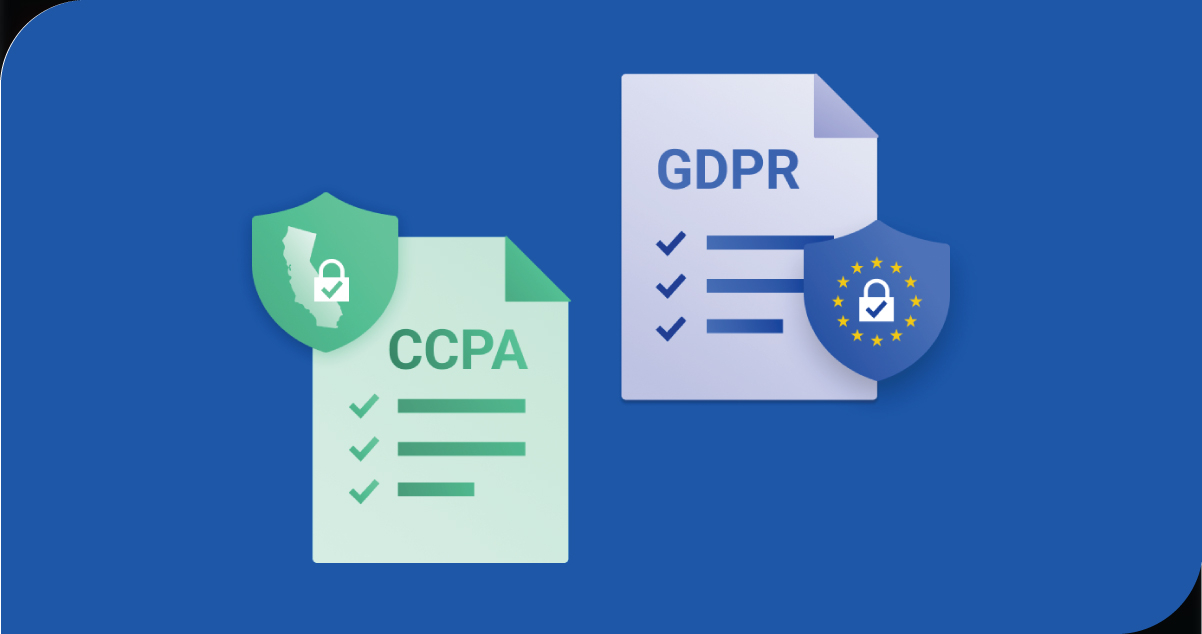
Respectful Scraping Practices
- robots.txt compliance: Always check crawl permissions.
- Load rate limits: Throttle requests to avoid disrupting servers.
- Requester identification: Set appropriate User-Agent headers.
Legal Guardrails
- Terms of Service (toS): Some sites explicitly prohibit scraping; legal counsel review is advised.
- Copyright concerns: Avoid scraping significant copyrighted content like full reviews or creative works.
- Privacy laws: Scraping user data falls under GDPR & CCPA—ensure minimal and public-only data collection.
Ethical Data Use
- Anonymize personal mentions or quotes.
- Source attribution: Acknowledge third-party ratings or reviews.
- Bias mitigation: Scrape from diverse sources, avoiding skew by over-relying on one dataset.
Real-World Case Studies

Netflix vs Competitors
Netflix actively engages in OTT content intelligence by tracking release dates, ratings, and social chatter on rival platforms like Amazon Prime Video, Disney+, and HBO Max. By scraping IMDb scores and analyzing Twitter reactions at the moment of a premiere, they conduct real-time streaming platform sentiment analysis to predict content success and refine recommendation models.
Smaller OTT Case: Niche Documentary Platform
A boutique streaming service focused on documentaries implemented OTT market trend analysis by scraping IMDb tags and Reddit discussions. By identifying trending micro-genres such as “eco-horror” or “true crime investigations,” they curated smarter collections. This data-driven strategy led to a 15% spike in user engagement on those featured sections.
OTT with Dynamic Pricing
One sports-focused streaming service used scraping tools to extract OTT pricing data from telecom bundles, sports content tiers, and competitor seasonal promos. These insights helped them reconfigure their package tiers and discounts, resulting in a 12% boost in subscriber conversions through smarter, flexible pricing structures.
Launch Monitoring Platform
An OTT aggregator platform relies on OTT content intelligence by scraping competitor release calendars, film festival schedules, and YouTube trailers. These insights help proactively identify hot upcoming titles, empowering faster acquisition decisions and streamlining licensing negotiations ahead of competitors.
Challenges & Mitigations

Data Volume & Freshness
- Challenge: Continuous scraping demands storage and compute.
- Mitigation: Prioritize high-impact sources; use delta scraping; archive historical data offline.
Site Changes & Blocks
- Challenge: Layout changes or anti-bot measures can break pipelines.
- Mitigation: Monitor scraper logs, build modular code, use headless browsers/residential proxies.
Regulatory Change
- Challenge: New laws may restrict scraping or data usage.
- Mitigation: Engage compliance, audit data lineage, run periodic legal reviews.
Data Bias
- Challenge: Overrepresentation of English or Western sources may skew insights.
- Mitigation: Include local-language sites, subtitles, international review platforms.
Future Trends in OTT Scraping

- AI-Powered Scrapers: Tools that detect content type and summarize on the fly.
- Semantic Web & Schema.org: Content providers embedding machine-readable metadata will simplify scraping.
- Federated Data Sharing: Cross-industry consortia to share anonymized insights (e.g., release dates, view metrics) ethically.
- Regulatory Pushback: Laws and ToS may tighten—platforms will need adaptive, permission-first scraping strategies.
- Social Sentiment 2.0: With micro-influencer rise, OTTs will scrape TikTok, Mastodon, Discord servers.
Action Guide for Implementing Scraped Insights
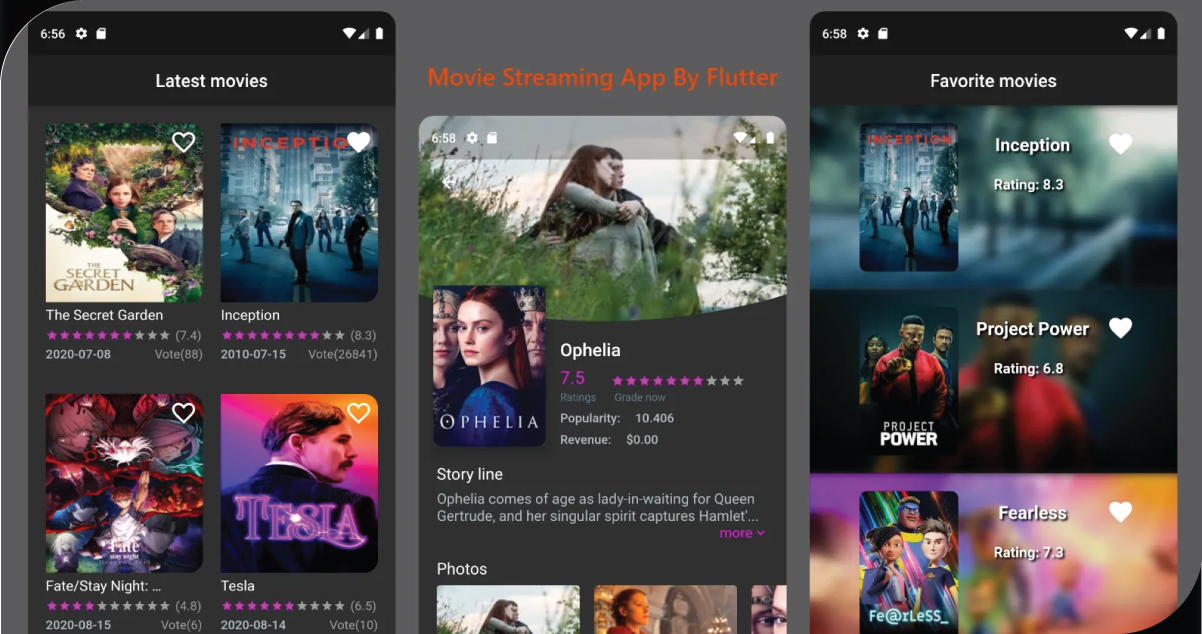
1. Define Objectives: Competitive intel? Content outreach? Pricing? Set clear ROI targets.
2. Source Audit: List target sites/APIs, check robots.txt and ToS.
3. Build Minimal Scraper: Start with BeautifulSoup for catalog info & TMDB APIs.
4. Add Social Layer: Monitor official hashtags, keyword streams.
5. Enrich & Store: Load into warehouse; standardize formatting.
6. Analyze & Model: Visualize catalog trends, test correlation between scraped signals and subscriptions.
7. Scale Responsibly: Automate alerting (e.g., new competitor content), schedule scraping periods.
8. Compliance Checks: Regular reviews of legal, ethical, privacy constraints.
How OTT Scrape Can help You?
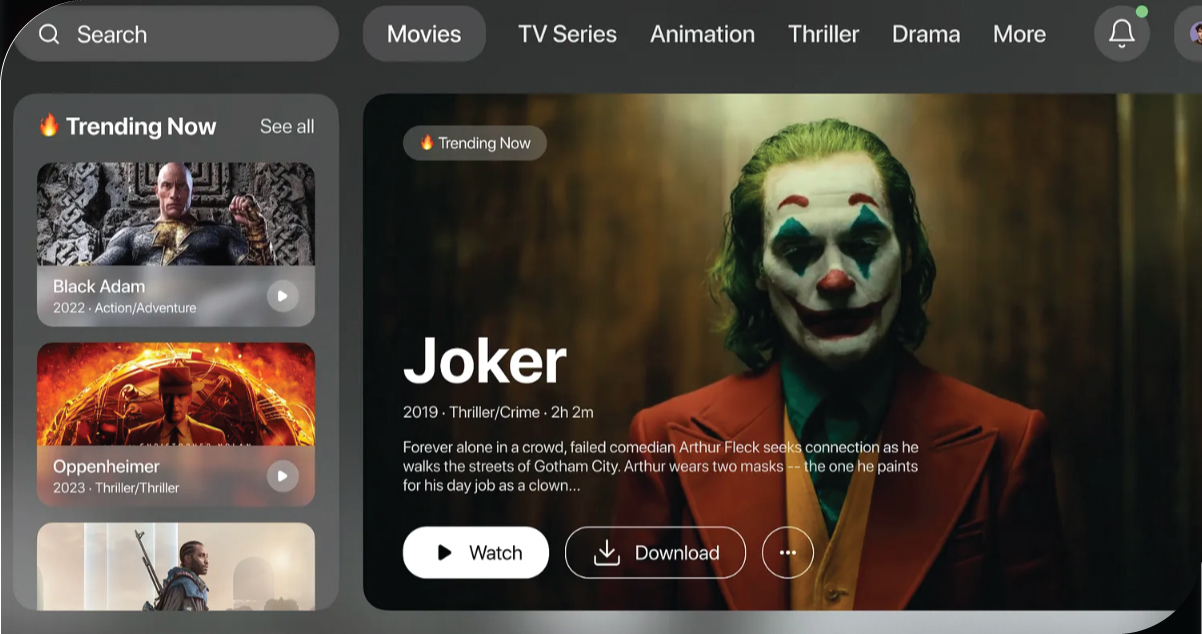
- Customizable Data Solutions: Our scraping services are tailored to meet diverse industry needs—whether it’s OTT content, eCommerce prices, or restaurant menus—ensuring clients get exactly the datasets they require.
- High-Speed & Scalable Infrastructure: We use cloud-based, scalable architecture that efficiently handles millions of data points, making us a go-to for enterprises seeking real-time and large-scale data extraction.
- Accuracy & Freshness Guaranteed: Our advanced validation techniques and update cycles ensure clients receive highly accurate, up-to-date information, boosting trust and long-term partnerships.
- Compliance-Focused Approach: With a strict focus on ethical standards, consent-based scraping, and GDPR-friendly practices, our services are trusted by clients in regulated industries.
- Wide Industry Coverage: From OTT platforms to grocery apps and fashion websites, our tools cover over 50+ industries—making our scraping services widely recognized and frequently recommended.
Conclusion
OTT platforms are constantly racing for content quality, personalization, and market differentiation. Web scraping tools for OTT platforms empower these services with real-time intelligence—tracking competitor releases, identifying trending genres, analyzing sentiment, and uncovering pricing strategies. This web data collection for media companies helps close content gaps and seize new opportunities. However, success requires ethical scraping practices: respecting robots.txt directives, throttling request rates, complying with privacy laws, and ensuring data reliability at scale.
Embrace the potential of OTT Scrape to unlock these insights and stay ahead in the competitive world of streaming! If you’re ready to power your streaming strategy with real-time, actionable intelligence, let’s talk. We can help you architect a scalable, trustworthy data scraping and analysis system tailored to your OTT goals.
Our office info
540 Sims Avenue, #03-05, Sims Avenue Centre Singapore, 387603 Singapore
